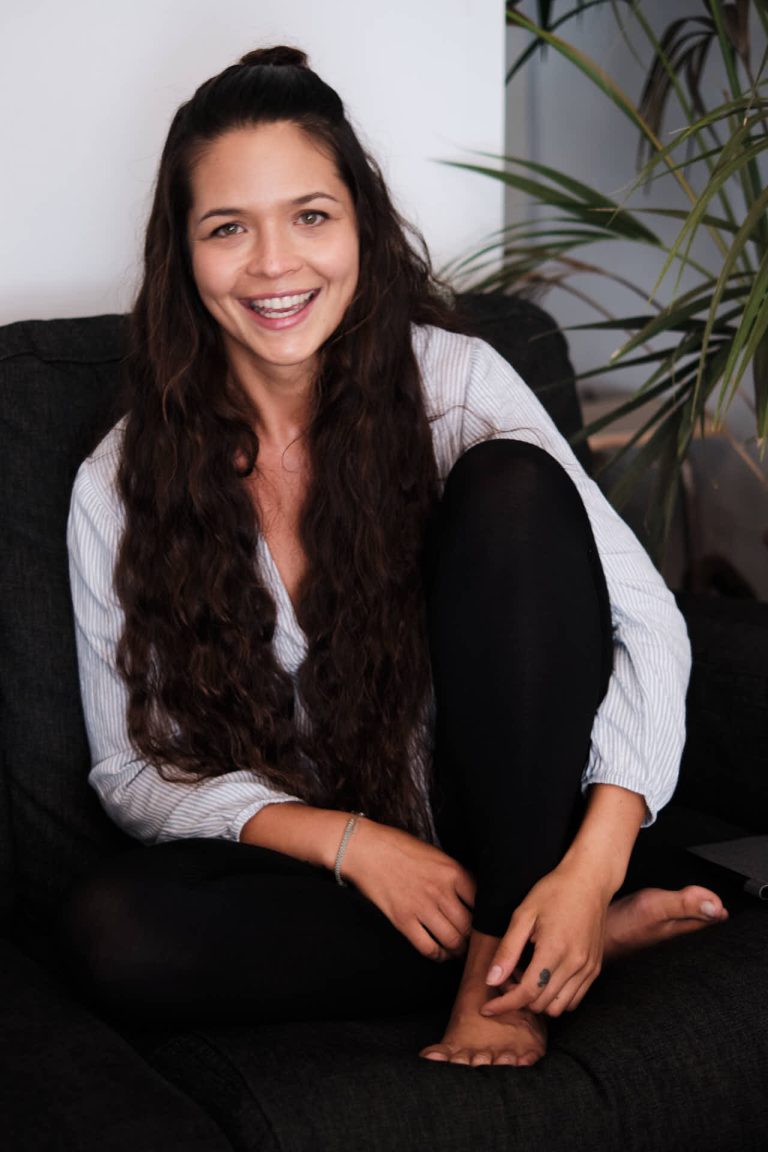10 Tips How To Integrate a Yoga and Fitness Routine During Lockdown
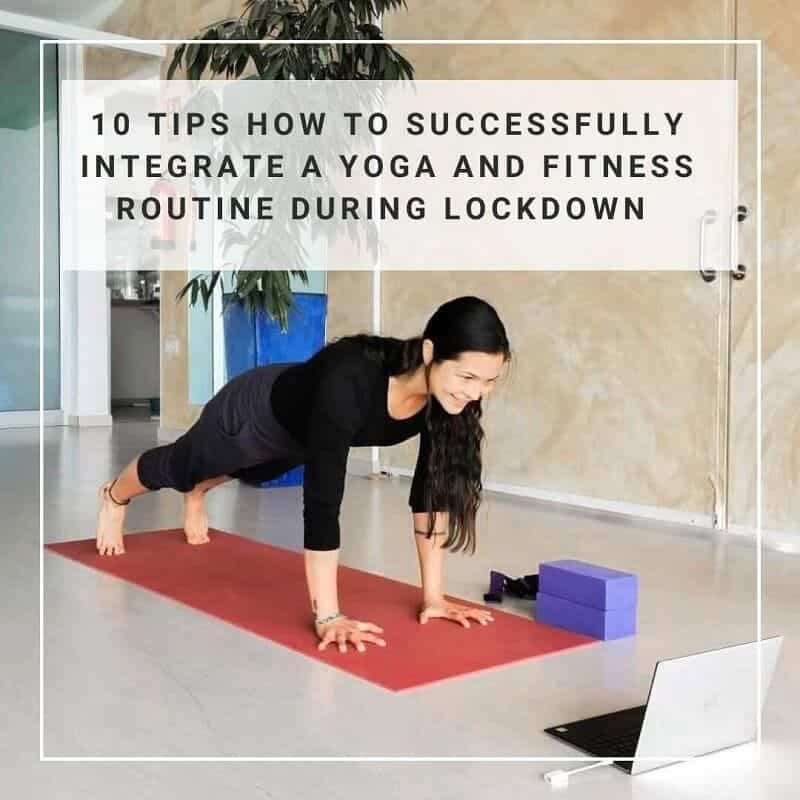
Building Healthy Habits During Lockdown It’s been more than one year now, since we have experienced the first lockdown. Since then we had multiple ones, and had to adapt to these circumstances. We started with home offices and had to move the yoga studio and gyms into our homes. Some of us really enjoyed these changes […]
Yoga During Pregnancy and After Giving Birth – Part II: Postnatal
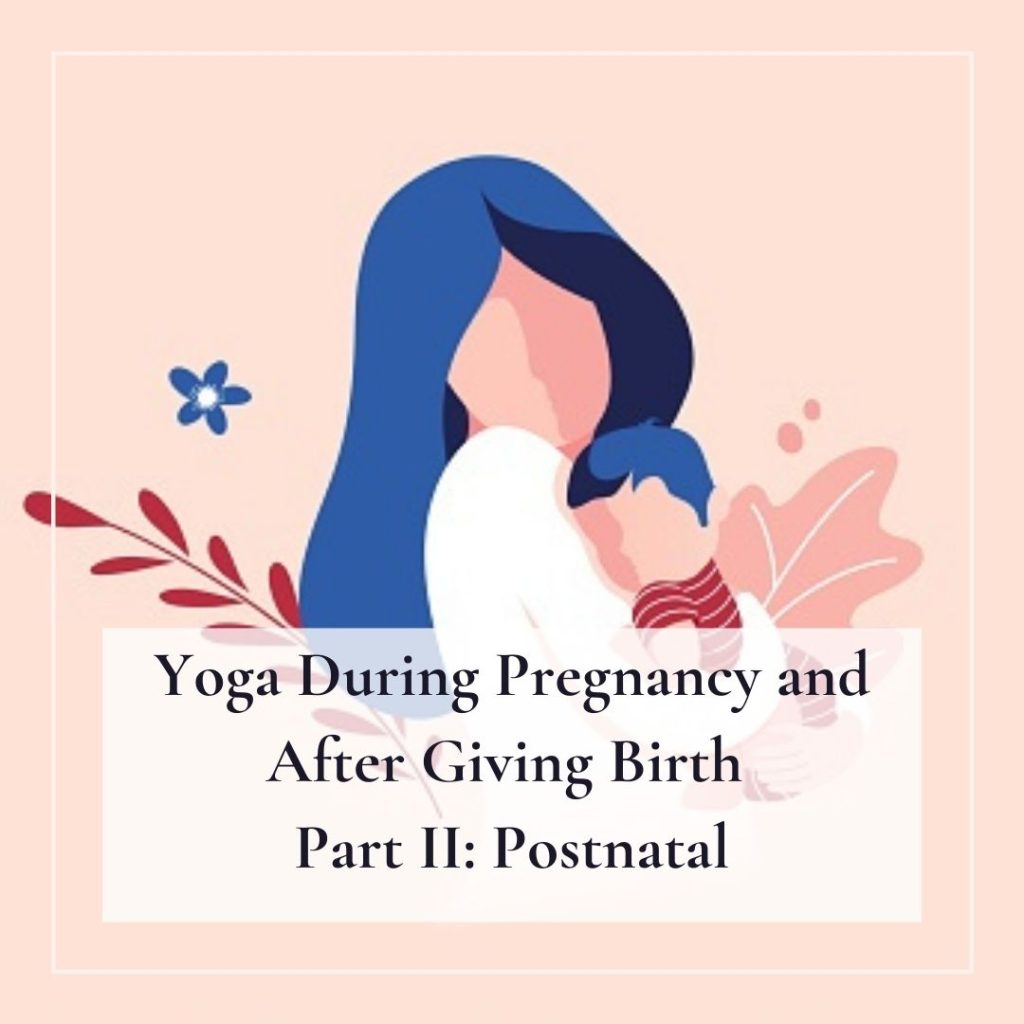
How Can a Woman Support Her Body and Mind After Pregnancy and How Much Is Too Much? In my previous post I was writing about the benefits of yoga during pregnancy, before giving birth. Now I would like to share the benefits and beauty of a yoga class postnatally. I haven’t experienced becoming a mother yet, […]
Yoga During Pregnancy and After Giving Birth – Part I: Prenatal
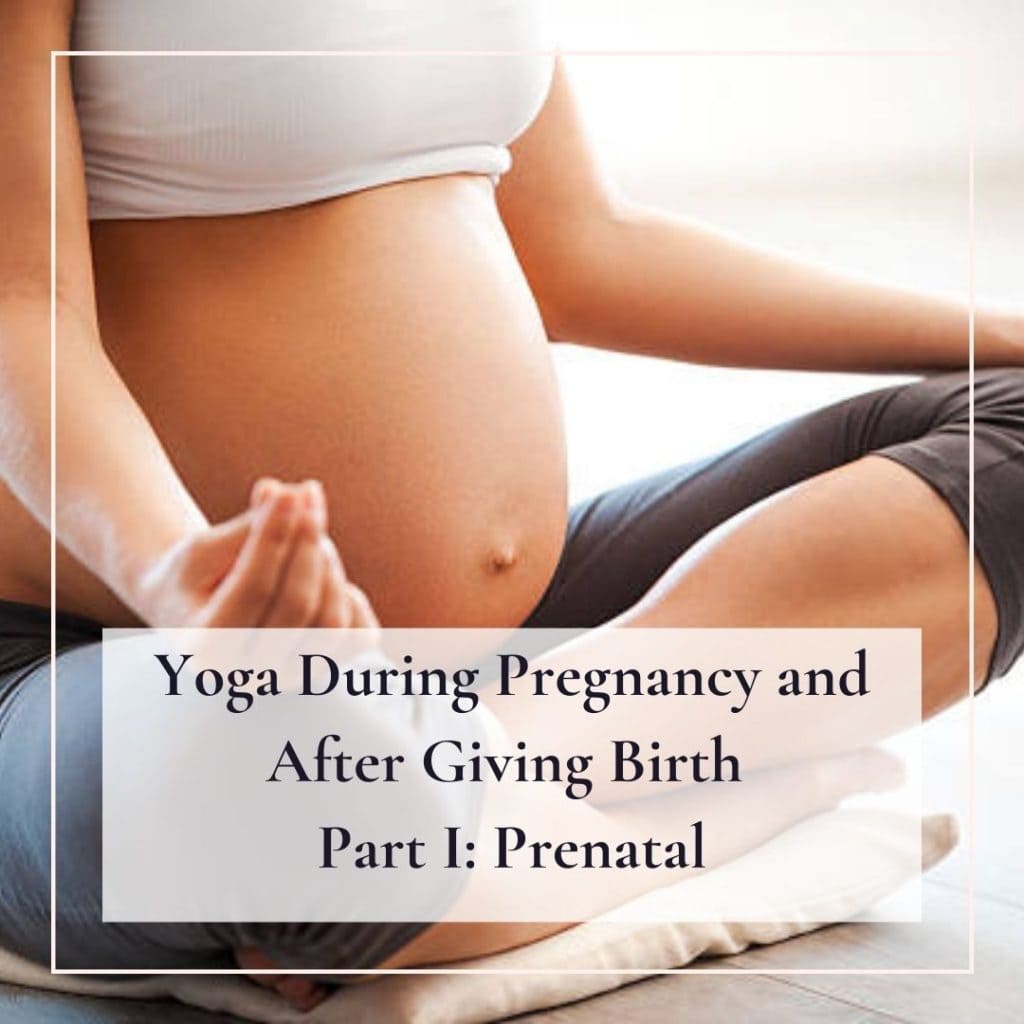
How Can a Woman Support Her Body and Mind During Pregnancy and How Much Is Too Much? After having completed my online teacher training as a certified pre- and postnatal yoga teacher (at the amazing and well experienced Bliss Baby Yoga School in Australia) I am exited to share my knowledge in theory as in […]
What Does Yoga Have To Do With Veganism? Interview With Rahel
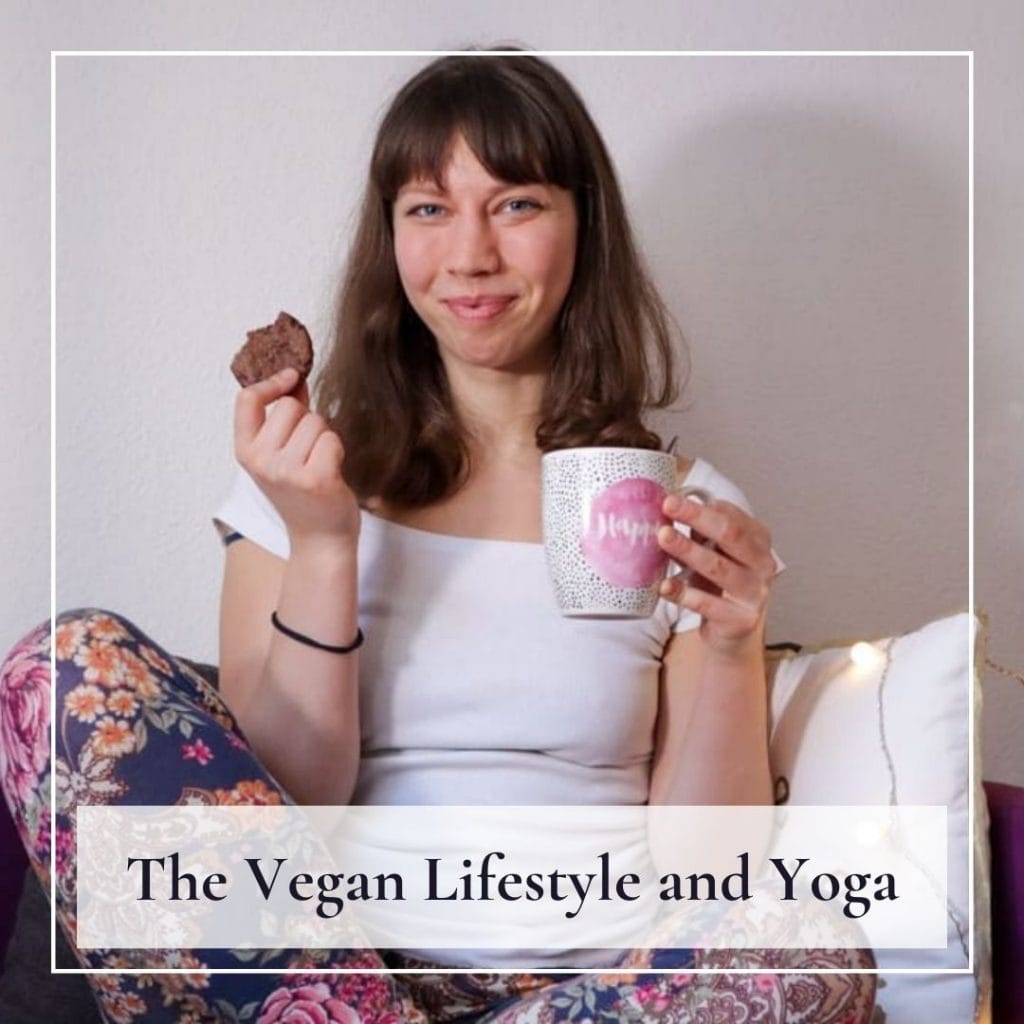
The Vegan Lifestyle and Yoga Interview with Rahel In the last interview special Rahel from “Don’t Waste Your Taste” asked me questions about Ahimsa, Veganism and Yoga. In today’s post Rahel will answer the questions I asked her and she will explain what the vegan lifestyle and yoga have in common. A few months ago, […]
What Does Yoga Have To Do With Veganism? Interview With Nini
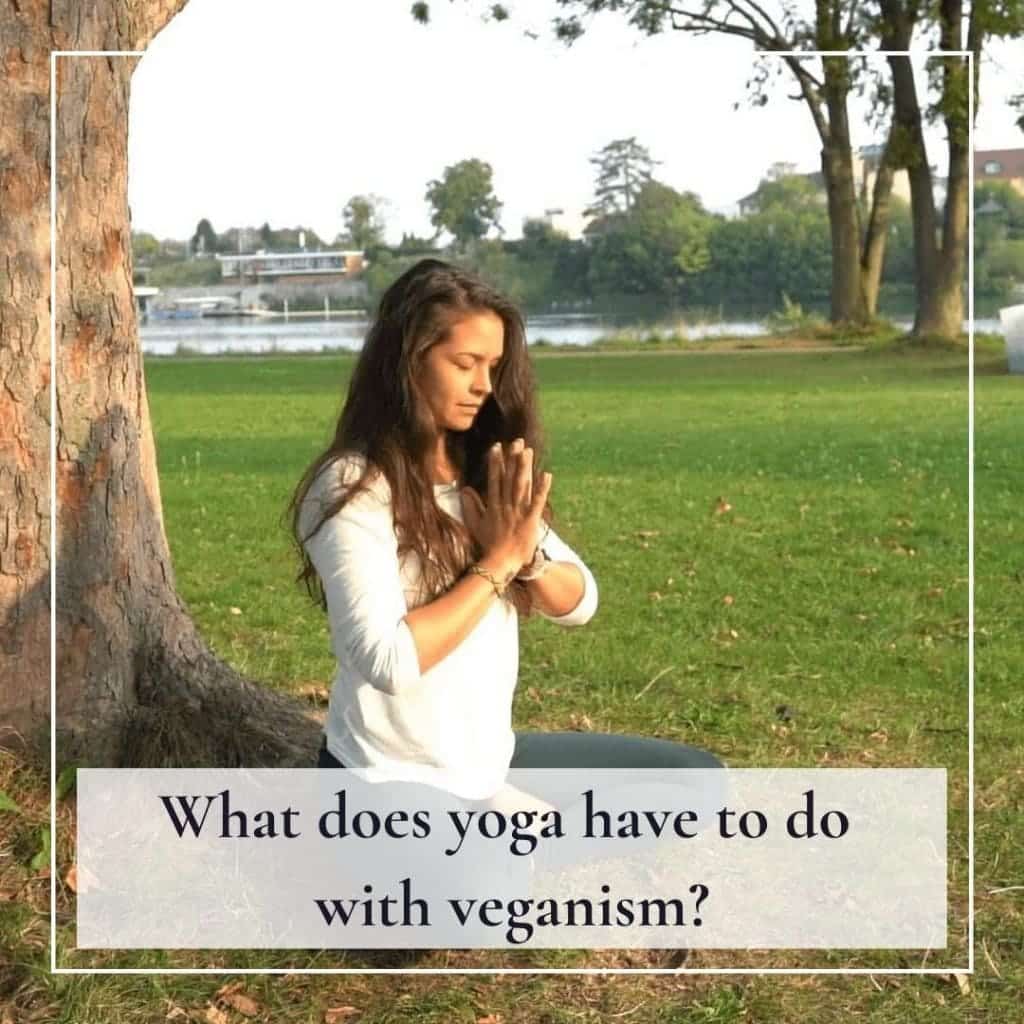
Interview With Vegan Foodblogger Rahel In this interview special with Rahel from “Don’t waste your taste” you can get to know me better and find an answer to the question “What does yoga have to do with veganism?”. I asked Rahel a few months ago if she would like to cook for my group during […]
Why It Is the Perfect Time?
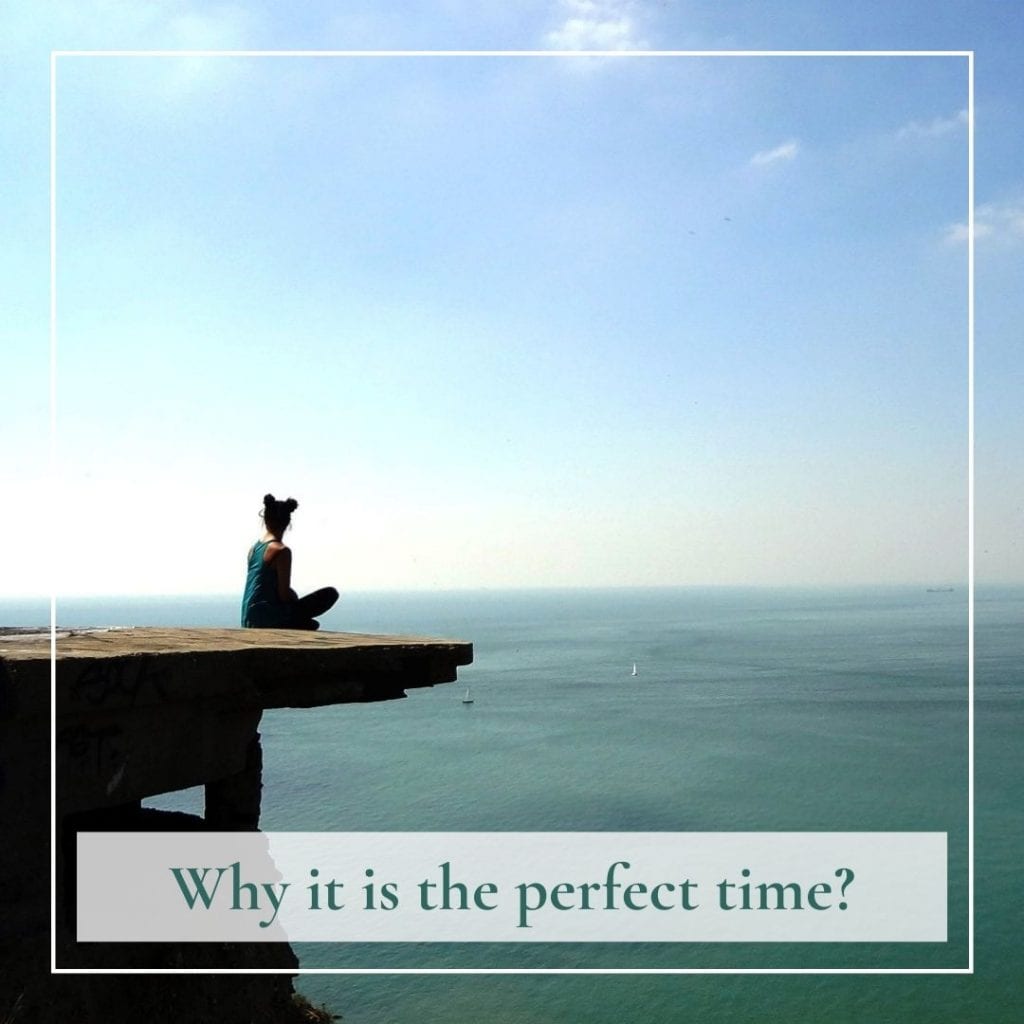
Why It Is the Perfect Time for a Retreat and How Fear Is Holding Us Back… The last year has been challenging for all of us in different ways, we had to face a lot of difficulties and had to cut back with leisure activities and vacations. Especially the long lockdown during the grey and […]
Is Yoga Enough or Do We Need an Additional Workout?
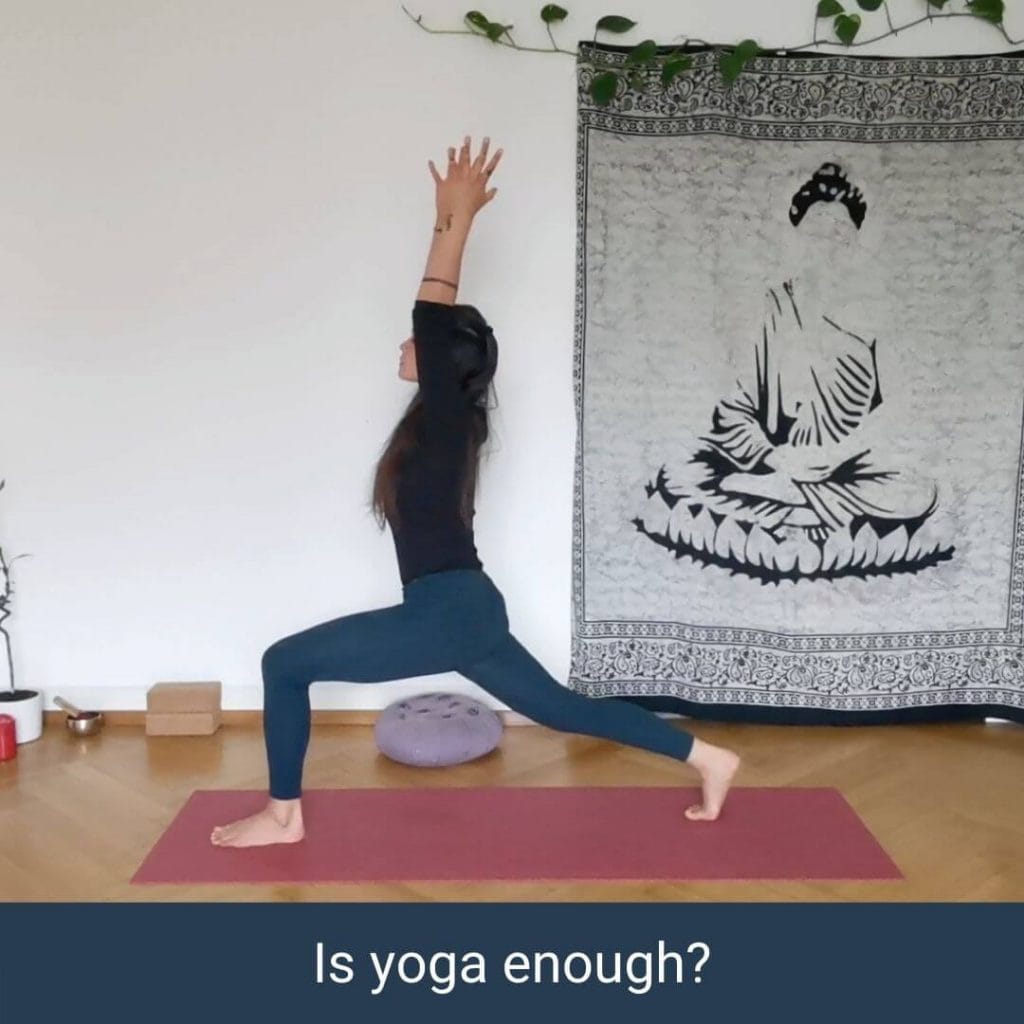
Is Yoga Enough or Do We Need an Additional Workout? I love doing yoga – since around 10 years now – but at the same time I always loved / and still love to workout, to go to the gym, for a run or do any other exercises. It’s not the first time, that I […]

